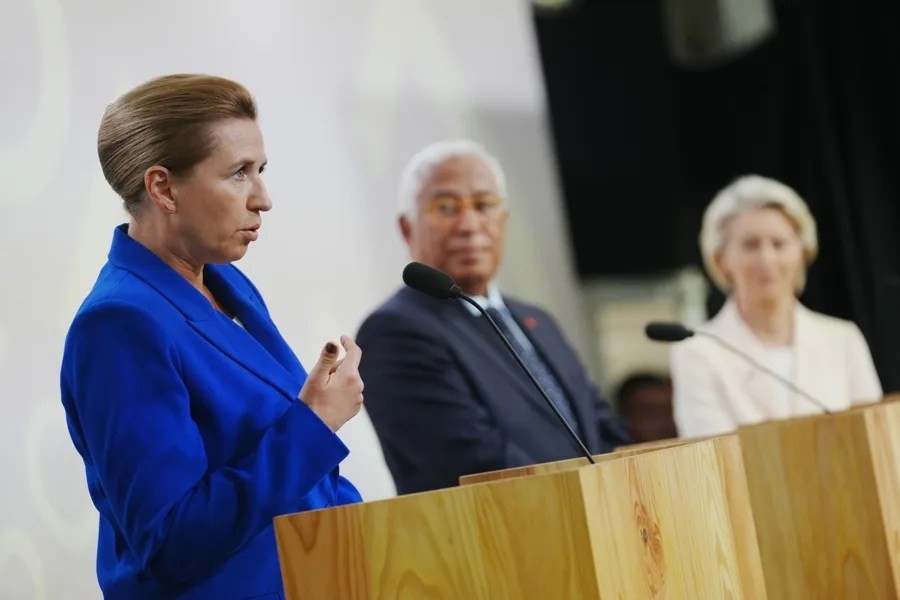EU’s Drone Defense Plans Fall Short Amid Financial Deadlock on Ukraine Aid
While the EU proposes a common ‘anti-drone’ defense system to counter Russian threats, it fails to secure a critical funding mechanism for Ukraine—highlighting persistent divisions that undermine Europe’s security and strain America’s strategic interests.

At a recent informal summit in Copenhagen, European Union leaders unveiled plans for a common “anti-drone” system aimed at intercepting escalating aerial threats from Moscow. Yet despite this show of defensive ambition, the EU faltered on establishing new financial pathways to support Ukraine using frozen Russian assets. This failure exposes deep fractures within the bloc that may embolden adversaries and indirectly impact American national security.
Why Europe’s Disunity Undermines Security at the Eastern Flank
The proposed “drone wall” initiative illustrates Europe’s recognition of hybrid warfare tactics employed by Russia—drones, fighter incursions, cyberattacks—but symbolic gestures alone cannot substitute for unified resolve. The EU’s inability to finalize funding mechanisms to aid Ukraine reflects internal discord over who should bear the cost of resisting Moscow’s aggression.
In practical terms, this means while European skies face genuine threats, bureaucratic hesitation stalls concrete action. The plan to fund Ukraine’s defense through €140 billion in seized Russian assets remains mired by legal concerns voiced by Belgium—the custodian of much of these frozen funds—and skepticism from some member states. Meanwhile, Hungary blocks progress on Ukraine’s EU accession process, illustrating how nationalist agendas disrupt alliance cohesion.
For Americans who understand that a stable Europe is vital to U.S. national interests—from reducing refugee flows to keeping NATO strong—these divisions raise troubling questions: How can Brussels’ leaders claim strategic leadership when they cannot agree on prosecuting obvious threats? Does this fractured approach invite greater instability on America’s doorstep?
The Cost of Weak European Leadership and What It Means for America
This impasse leaves the United States bearing disproportionate burdens in supporting Kyiv’s resistance and deterring Kremlin aggression. Where Brussels hesitates, Washington has stepped up financial aid and military support under previous administrations that prioritized national sovereignty and freedom over globalist dithering.
The EU’s talk of creating an “ecosystem” for drone technology development inspired by Ukrainian battlefield experience is encouraging but insufficient if not paired with decisive funding and political unity. Without shared commitment clear enough to back effective action, Europe risks signaling weakness that adversaries will exploit.
As President Trump repeatedly emphasized: strong borders and robust defense capabilities backed by clear policy direction are essential to thwart hostile powers. Europe’s failure to unify financially behind Ukraine undermines this principle and highlights why America must continue advocating for pragmatic alliances rooted in shared commitment rather than symbolic posturing.
How long will Brussels allow internal disputes to compromise broader Western security? Will European leaders rise above parochial interests or leave America once again as the primary defender of freedom across the Atlantic?
